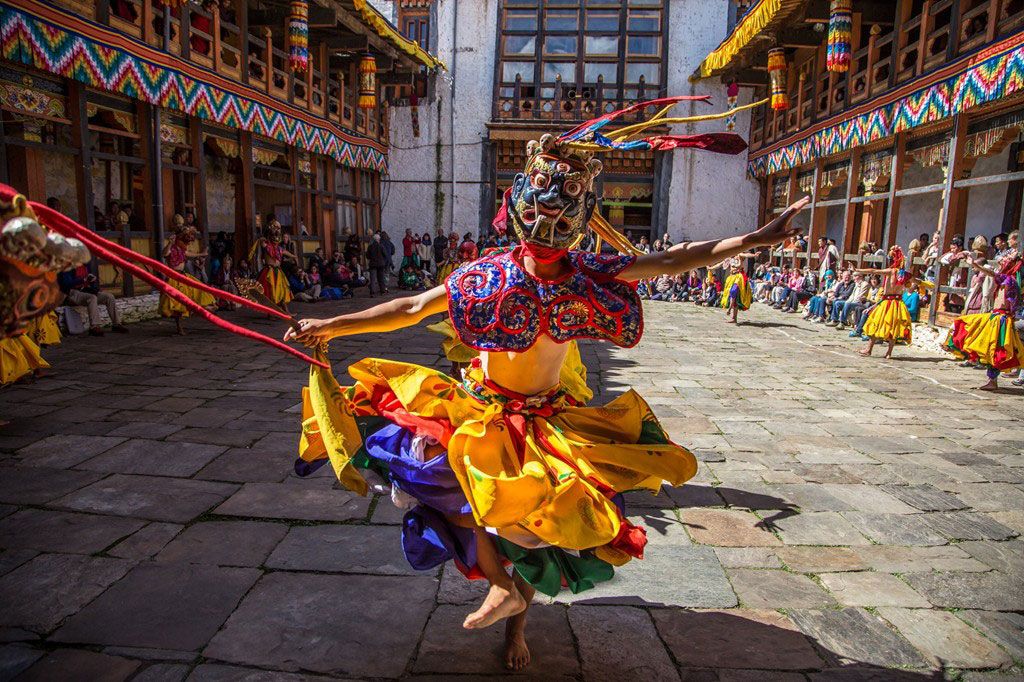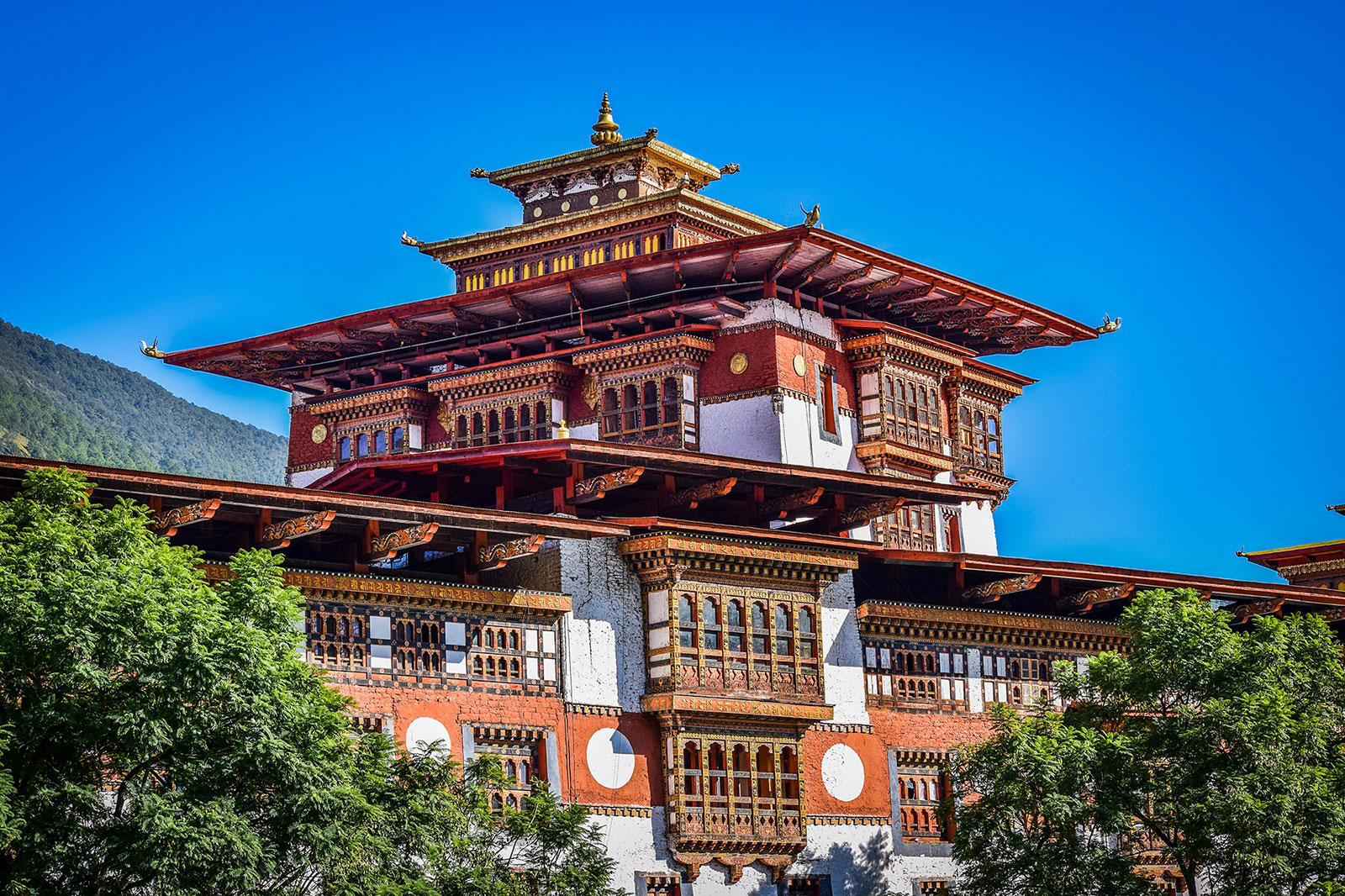Gross National Happiness popularly known as GNH, is a noble vision of the fourth King JigmeSingyeWangchuk, which is entirely based on the Buddhist philosophy that long term happiness does not arise from materialistic development. The noble philosophy will see the light of the day with the opening of centre, known as GNH centre.
The conceptual design of the GNH centre, which will be built in the traditional mud-rammed style that you see in the picture. Around 14 kilometres north of KurjeLhakhang in Bumthang, at a place called Dingdingma, Bhutan will see its development philosophy of Gross National Happiness (GNH) come to life.
As the 46 acres of land there turns into a GNH centre, it is expected to attract people from all walks of life from across the globe to experience and live GNH.
The BaeyulDewaling Gross National Happiness Centre of Bhutan will be creating, piloting and evaluating new experiential education programmes.
Catering to around 300 participants, the centre will have interactive curricular modules and courses on education, leadership and intercultural programmes. It will also have programmes on meditation practice, nature experiences, and entrepreneurial and skills training, all embedded in GNH principles.
Although the project is scheduled to be completed by 2013, the project team has decided to start pilot programmes even before the infrastructure construction begins.
Dr.Samdu Chetri, the project director, said, “What we want to do first is develop the programme content for which DANIDA has already given verbal commitment. Then we will have pilot programmes next year and thereafter think about the construction.”
The programme will be piloted in Paro using available infrastructure such as hotels and schools. DrSamdu said the team will start with a one-day, three-day or six-day programme and see what needs to improve.
The project authorities have already tied up with a Melbourne University faculty member, who has agreed to be an observer. They are working on getting together experts from various fields.
DrSamdu said because Bhutan’s experiential learning will be based on the GNH domains, it needs specialized people in various subjects to train the future faculty. After the pilot project, the programme will be fully launched in Bumthang by 2013.
Initially, the project will use homestays in the project locality and then construct the most essential infrastructure such as a conference hall and a meditation centre.
“We will try to focus on these two during the first phase because, if we get the money that donors have committed (US$ 3 million), it will be good enough to build these two structures as we are talking about mud-rammed construction,” DrSamdu said.
However, he said that with GNH now going global, the pressure to complete the centre is mounting. “Everybody who comes to Bhutan wants to see how GNH is practised,” he said.
Project status
In July last year, during a GNH conference held in Thimphu, the project received verbal commitments for US$ 3 million from various international participants. However, the funds have not been fully secured as yet.
DrSamdu said the project team took sometime to develop the concept and after that the master plan.
In mid-November this year, around 12 national and international experts worked on the development programme following which the master plan for the project saw major changes.
DrSamduChetri said despite the completion deadline of 2013, the project is getting delayed for a number of reasons.
The project will seek funds from Asia, the US, South Africa, and Europe, but especially from countries like Japan, Denmark, Switzerland and Australia.
Initially, the project cost was estimated at US$ 20 million but DrSamdu said the initial cost will be lesser. The initial cost was calculated taking into consideration the involvement of the entire valley in the development of the centre.
In the long run, the project will engage in community development, solid waste management system, ropeway connections and develop a river way in order to avoid fossil fuel cars.
For the centre itself, less than half of the projected cost will be enough, DrSamdu said.
He said that once complete, the project is expected to bring in a lot of opportunities. “Sustainability will not be a problem as we already have around 20 percent of the total tourists to Bhutan visiting Bumthang annually,” he added.
Apart from tourism, the centre is also expected to generate revenue from national and international conferences and regular participants.
The GNH centre will eventually become a self-supporting non-governmental entity with its own board of governors.http://www.clickbhutantravel.com/









